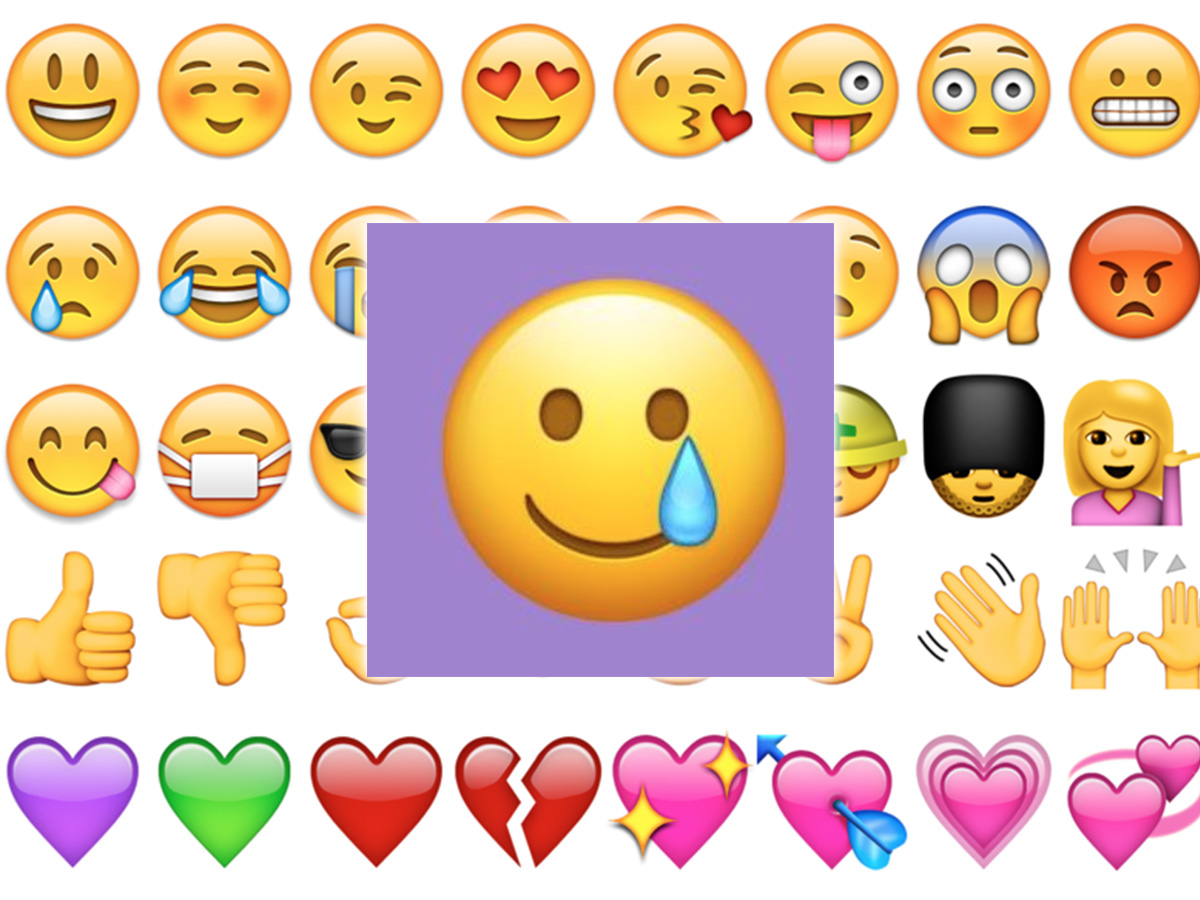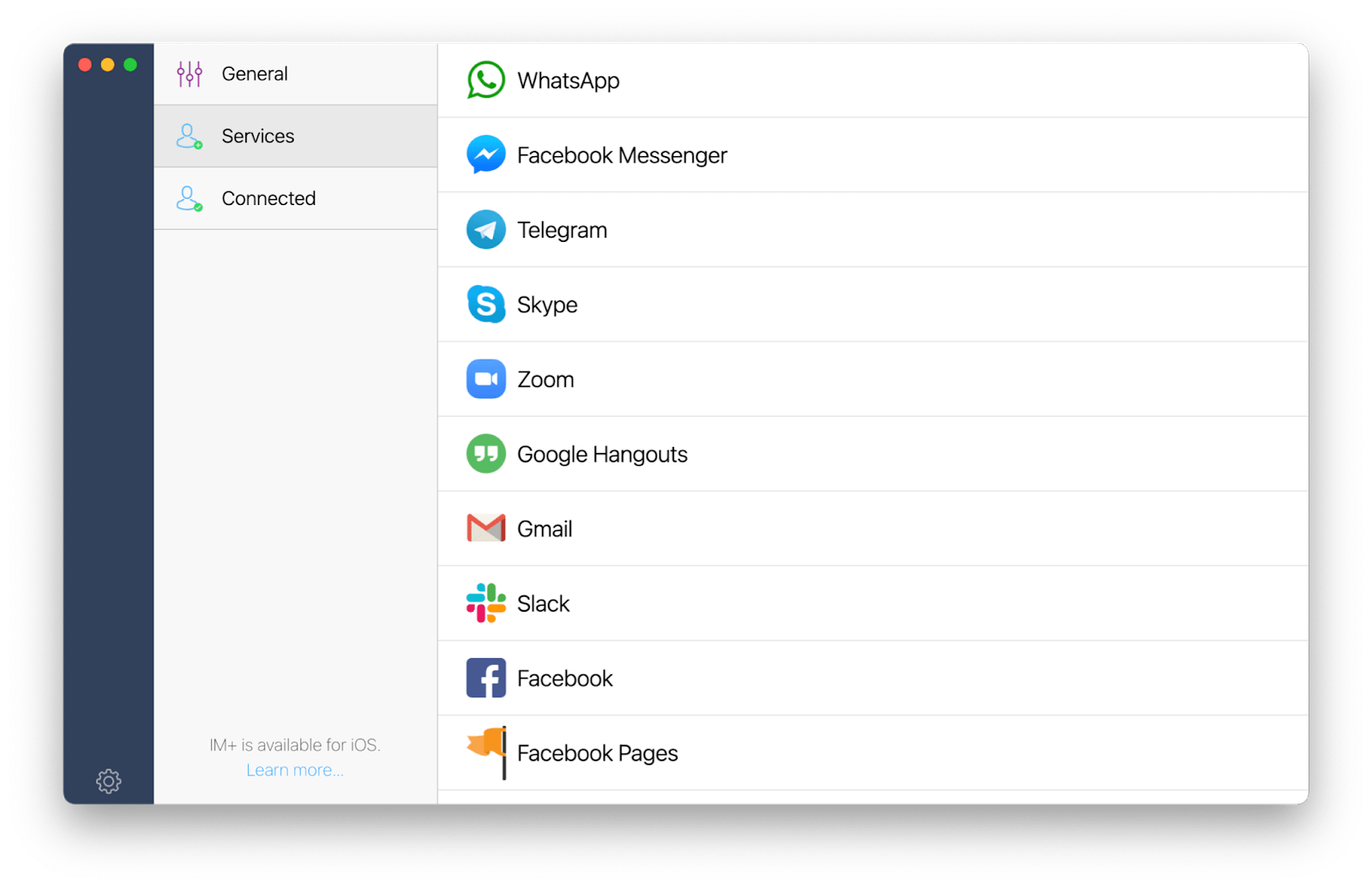

- #How to connect imessage to macbook after new phone how to
- #How to connect imessage to macbook after new phone Pc
- #How to connect imessage to macbook after new phone mac
From the menu bar, go to ‘File > Lock Keychain “login.”’.Hit enter to open the Keychain Access app. Press Command + Space to open Spotlight and search for the Keychain Access app.It could help to lock and unlock Keychain on your Mac.

It’s very convenient, but some of its files can get corrupted, including those of Messages. If you’re still having problems, there are two final things to try.Īpple’s Keychain stores passwords and other vital info on your apps and certain processes.
#How to connect imessage to macbook after new phone mac
Try sending an iMessage or text message from your Mac again. Go into Text Message Forwarding and turn on the option for your Mac. Check to make sure the contact details in Send & Receive are correct. Turn on iMessage at the top of the page. Tap iCloud then turn on the option for Messages. Liked this tips? Do share your feedback with us in the comment below.Does the Apple ID account at the top of the page match what you signed into on your Mac? Great! #How to connect imessage to macbook after new phone how to
How to Disable iMessages Notifications from Unknown Senders on iPhone.
#How to connect imessage to macbook after new phone Pc
How to Save iPhone Text Messages or iMessages on Mac/Windows PC. iMessage Waiting for Activation: How to Fix the Issue on iPhone or iPad. How to Use iMessage Groups on iPhone and iPad: Beginner Guide. One more such useful feature is handsoff, that lets you start work on one device and complete on another. Getting iMessage accessed on different devices in real-time is a great feature by Apple, as it integrates all its devices firmly in the eco-systems. Repeat the process on other iOS devices one by one and check if iMessage gets sent to all devices correctly right after you set up. On Mac, make sure the conversations start from the email ID. By doing this, you are setting up the iPhone as the “master-device” while the rest of the devices work as subs. Once things work normally, set up iMessage on Mac. You should now wait for a while and may ask your friend to send you an iMessage just to make sure things are working till this point. Under Start Conversations from, check the email ID that you used for iMessage. But make sure that the number and email ID are correct and marked with a tick. Wait for a while before proceeding to step #2. If you’ve already set up iMessage, turn it OFF on all devices. If not, some messages might deliver on the iPhone, some to the iPad, some to the Mac, and some lost in the winds. It gets delivered to your Mac.īut this only works when you set up things correctly. So when you get an iMessage while using your Mac, you don’t have to get up to pick the iPhone to read it. 
This was part of Apple’s plan to integrate the service into all the devices that you’d be using. This means your iPhone, iPad, and Mac can all send and receive iMessages, in real-time. IMessage syncs messages to all your devices that are interconnected to the same iMessage number and email account. How to Set up iMessage for Multiple Devices – Correctly That’s where this guide will help you, just follow the tutorial step-by-step and you’ll end up successfully setting up iMessage on multiple devices. Breaking or missing any step during the setup process on any one of the devices will result in non-working iMessage. There are certain tiny little things to take care while setting up iMessage on iPhone, iPad, Mac, and iPod Touch. Chances are you’ll run into some sort of chaos and fiasco at some point. The real challenge is to set up iMessage on multiple devices. Setup and activation of iMessage on iPhone and iPad is an easy task.







 0 kommentar(er)
0 kommentar(er)
